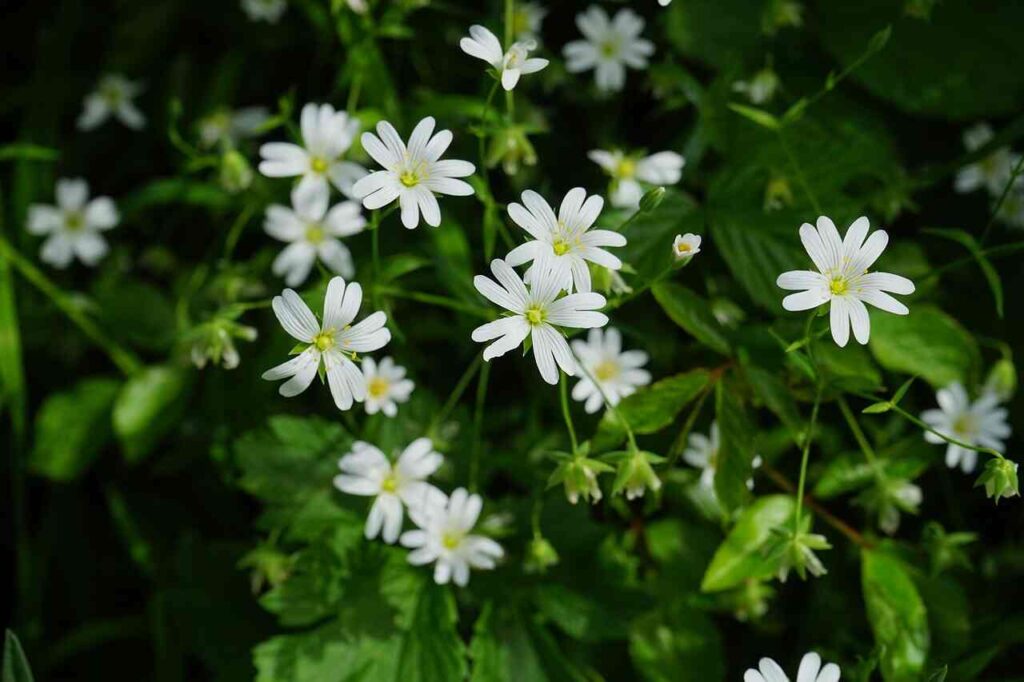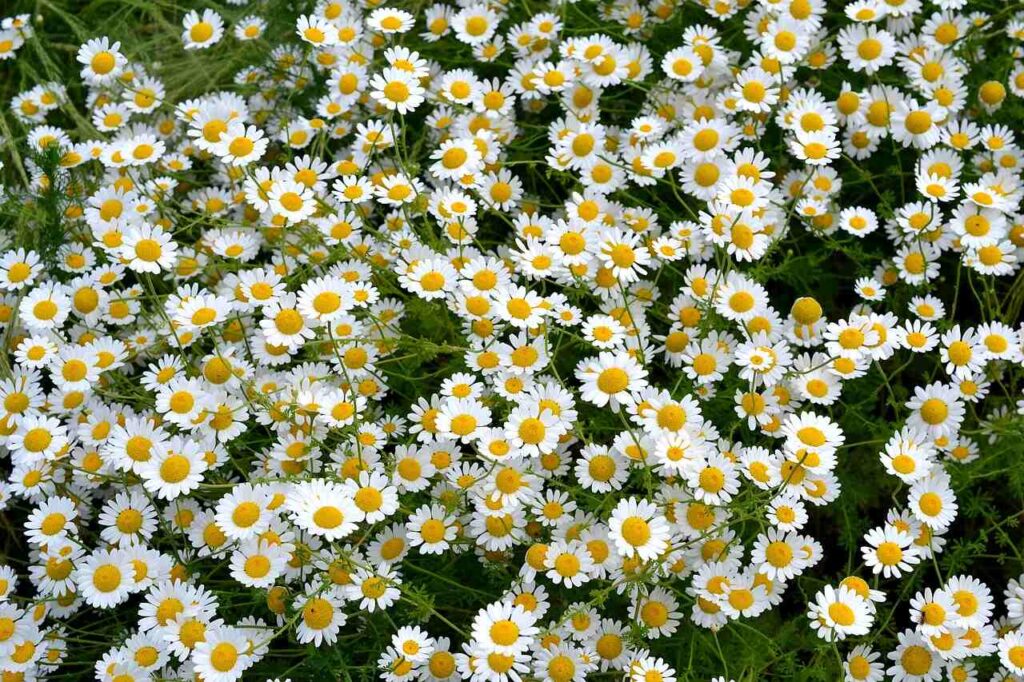Invasive Tall Weeds With Yellow Flowers
Invasive tall weeds with yellow flowers can be a nuisance in gardens and lawns. These plants not only ruin the look of your yard but can also choke out other plants. Let’s explore some common types of these invasive weeds and how to manage them effectively.
Common Types of Invasive Tall Weeds With Yellow Flowers
1. Common Ragweed (Ambrosia artemisiifolia)
Common Ragweed is a tall weed that can reach up to 6 feet. It has yellow-green flowers that produce a lot of pollen. This pollen can cause allergies in many people.
– **Identification**: Look for tall stems with finely divided leaves. The flowers are small and greenish-yellow.
– **Growth Habits**: This weed thrives in disturbed soils, like roadsides and fields.
– **Control Methods**: Hand-pull young plants. Use herbicides on larger infestations. Mow regularly to prevent flowering.
#### 2. Goldenrod (Solidago spp.)
Goldenrod is another invasive tall weed with bright yellow flowers. It can grow up to 4 feet tall and spreads rapidly.
– **Identification**: Goldenrod has slender, erect stems with clusters of small yellow flowers at the top.
– **Growth Habits**: It prefers sunny locations and well-drained soils.
– **Control Methods**: Cut the plants before they flower. Use a shovel to remove roots. Apply herbicides if necessary.
#### 3. Canada Thistle (Cirsium arvense)
Canada Thistle is a problematic weed that can grow up to 5 feet tall. It has yellow flowers and spiny leaves.
– **Identification**: This weed has a creeping root system and produces clusters of yellow flowers.
– **Growth Habits**: Canada Thistle spreads through its root system and can invade lawns and gardens.
– **Control Methods**: Dig up the plants, ensuring you remove all roots. Use selective herbicides for best results.
#### 4. Yellow Toadflax (Linaria vulgaris)
Yellow Toadflax, also known as Butter and Eggs, is an invasive weed with bright yellow flowers. It can grow up to 3 feet tall.
– **Identification**: Look for tall stems with narrow leaves and clusters of yellow flowers with orange centers.
– **Growth Habits**: This weed prefers sandy or gravelly soils.
– **Control Methods**: Hand-pull young plants. Use herbicides on larger infestations. Regular mowing helps prevent seed spread.
Why Are These Weeds Invasive?
Invasive weeds with yellow flowers can take over areas quickly. They often grow faster than native plants and can outcompete them for resources like water, light, and nutrients. These weeds also produce a lot of seeds, which helps them spread.
How to Prevent Invasive Weeds
Preventing invasive weeds involves several steps:
1. **Regular Monitoring**: Keep an eye on your garden and lawn. Early detection helps manage weeds before they become a big problem.
2. **Healthy Soil**: Maintain healthy soil with proper fertilization and watering. Healthy plants can better compete with weeds.
3. **Mulching**: Use mulch to cover soil. Mulch prevents weed seeds from germinating.
4. **Proper Planting**: Choose native plants and those that are well-suited to your area. They can compete better with invasive weeds.
Organic Weed Control Methods
Using organic methods can help manage invasive weeds without harming the environment.
– **Hand Pulling**: Regularly hand-pull young weeds. This is most effective when the soil is moist.
– **Mulching**: Apply a thick layer of mulch around plants. This prevents weed seeds from sprouting.
– **Cover Crops**: Plant cover crops like clover or rye. These plants can outcompete weeds and improve soil health.
– **Boiling Water**: Pour boiling water on small weed patches. This method works well for young plants.
Chemical Weed Control Methods
Sometimes, organic methods are not enough. In such cases, chemical herbicides can be used. Here are some tips:
– **Selective Herbicides**: Use herbicides that target specific weeds without harming other plants.
– **Non-Selective Herbicides**: These kill all plants they contact. Use them carefully, especially around desirable plants.
– **Pre-Emergent Herbicides**: Apply these before weeds sprout. They prevent weed seeds from germinating.
– **Post-Emergent Herbicides**: Use these on actively growing weeds. Follow label instructions for best results.
Environmental Impact of Invasive Weeds
Invasive weeds can have a significant impact on the environment:
– **Biodiversity Loss**: These weeds can outcompete native plants, reducing biodiversity.
– **Ecosystem Disruption**: Invasive weeds can alter soil composition and hydrology, affecting other plants and animals.
– **Agricultural Impact**: Weeds can reduce crop yields and increase production costs for farmers.
### Managing Weeds in Different Settings
Different settings require different weed management strategies:
#### Lawns
– **Regular Mowing**: Keep your lawn mowed to a proper height. This prevents weeds from flowering and spreading seeds.
– **Fertilization**: Use a balanced fertilizer to keep your lawn healthy.
– **Overseeding**: Fill in bare spots with grass seed to prevent weed establishment.
#### Gardens
– **Hand Weeding**: Regularly hand-pull weeds from garden beds.
– **Mulching**: Apply mulch around plants to suppress weeds.
– **Companion Planting**: Plant cover crops or use ground covers to compete with weeds.
#### Agricultural Fields
– **Crop Rotation**: Rotate crops to disrupt weed life cycles.
– **Cover Crops**: Use cover crops to outcompete weeds.
– **Herbicides**: Apply selective herbicides to manage weeds.
### Conclusion
Invasive tall weeds with yellow flowers can be a major problem in gardens, lawns, and agricultural fields. Identifying these weeds and using effective control methods is crucial. Regular monitoring, proper soil management, and the use of both organic and chemical control methods can help keep these invasive weeds in check. By taking these steps, you can maintain a healthy and beautiful landscape free of invasive tall weeds.


